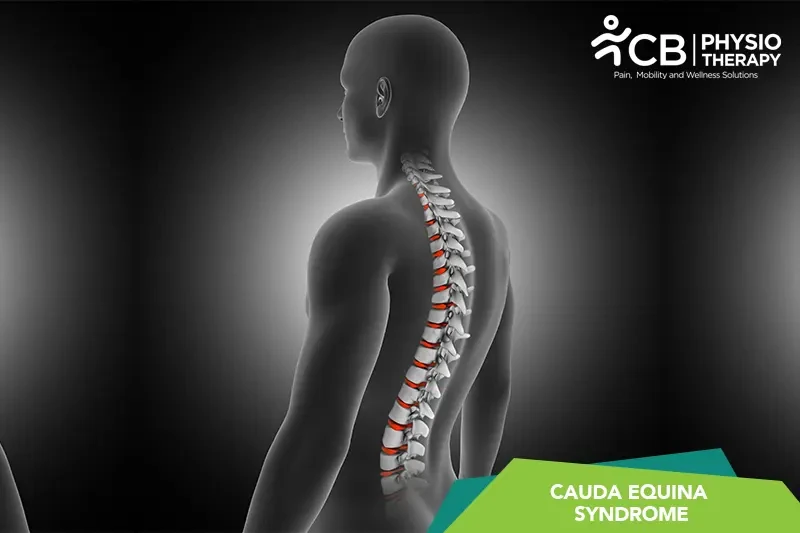Cryotherapy (Cold Therapy):Cold therapy can help alleviate pain by reducing nerve conduction and slowing down the transmission of pain signals. It may be particularly useful for managing acute pain or inflammation. It may also help in reducing muscle spasms, which can be common in conditions involving nerve compression. By numbing the affected area, it can contribute to muscle relaxation.
Thermotherapy (Heat Therapy):Heat therapy can help relax muscles and improve flexibility. This can be particularly useful for individuals with CES who may experience muscle tightness or spasms. Heat promotes vasodilation, leading to increased blood flow to the targeted area. Improved blood circulation can aid in the delivery of oxygen and nutrients to tissues, supporting the healing process. Heat therapy can be effective in relieving chronic pain, stiffness, and discomfort. Applying heat before stretching or range of motion exercises can enhance the effectiveness of these activities. It can make tissues more pliable and reduce the risk of injury during exercises.
Transcutaneous Electrical Nerve Stimulation (TENS):TENS involves the use of a small, battery-operated device that delivers low-voltage electrical stimulation to the skin. It may help in managing pain by interfering with the transmission of pain signals.
Neuromuscular Electrical Stimulation (NMES):NMES is used to stimulate muscle contractions by delivering electrical impulses to nerves. It can be employed to prevent muscle atrophy and improve muscle strength in individuals with weakness or paralysis.
Electrical Stimulation for Pelvic Floor Muscles:CES may affect pelvic floor function, leading to bladder and bowel dysfunction. Electrical stimulation can be used to target and strengthen pelvic floor muscles, helping in the management of incontinence.
Biofeedback:Biofeedback involves using electronic monitoring to provide visual or auditory feedback about physiological processes such as muscle activity or bladder function. It can be utilized to help individuals regain control over certain functions, including those affected by cauda equina syndrome.
Functional Electrical Stimulation (FES):FES uses electrical stimulation to activate specific muscles or muscle groups. It may be applied to assist with activities such as walking, especially in cases where there is weakness or paralysis in the lower extremities.
Range of Motion Exercises:Controlled and progressive range of motion exercises help maintain joint flexibility and prevent stiffness. These exercises are tailored to the individual's condition and may include movements of the spine and extremities.
Strengthening Exercises:Targeted exercises aim to strengthen muscles weakened due to nerve compression. The focus may be on the muscles of the lower back, hips, and legs. The intensity and type of exercises will depend on the individual's specific condition and functional goals.
Balance and Coordination Training:CES can affect balance and coordination, especially if there is weakness or paralysis in the lower extremities. Physiotherapists work on exercises that enhance balance and coordination to improve mobility and reduce the risk of falls.
Pelvic Floor Rehabilitation:CES can lead to bladder and bowel dysfunction. Pelvic floor exercises and biofeedback may be employed to address incontinence issues and improve pelvic floor muscle function.
